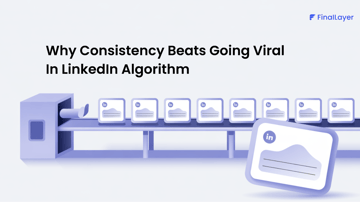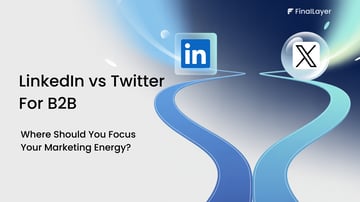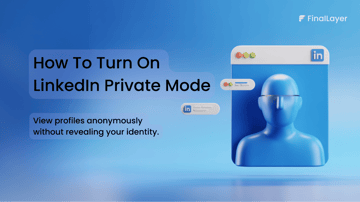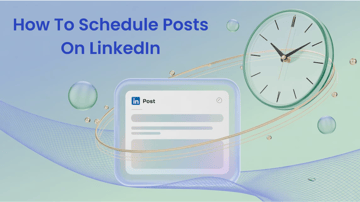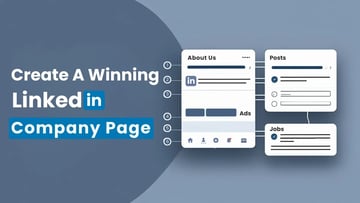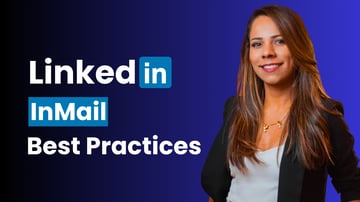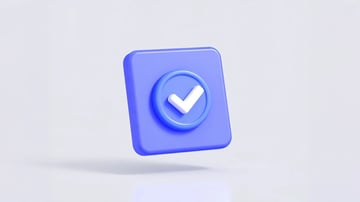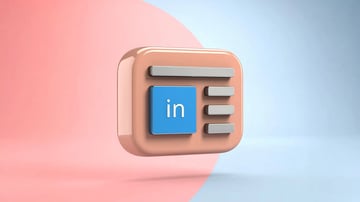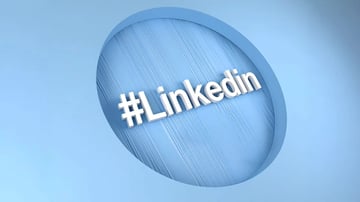In today's interconnected professional world, your LinkedIn URL serves as your digital business card, professional identifier, and gateway to career opportunities. Understanding the technical aspects and strategic importance of LinkedIn URLs can significantly impact your professional presence and networking effectiveness.
What is a LinkedIn URL?
A LinkedIn URL is a unique web address that directs visitors to your LinkedIn profile. Every LinkedIn profile automatically receives a URL when created, typically following this format:
https://www.linkedin.com/in/your-name-numbers
By default, LinkedIn assigns a combination of your name followed by random numbers or characters. However, users can customize this URL to create a more professional and memorable web address.
How to Customize Your LinkedIn URL
Customizing your LinkedIn URL is a straightforward process that takes just a few minutes:
Step 1: Log into your LinkedIn account and navigate to your profile page.
Step 2: Look for "Edit public profile & URL" on the right side of your profile.
Step 3: Click the pencil icon next to your current URL in the right panel.
Step 4: Enter your desired custom URL (3-100 characters, letters/numbers/hyphens only).
Step 5: Click "Save" to confirm your changes.
LinkedIn will immediately check if your desired URL is available. If taken, try variations like adding your middle initial or profession.
Technical Structure of LinkedIn URLs
Default URL Format
When you first create a LinkedIn profile, the platform generates a URL using this pattern:
- Protocol: https:// (secure hypertext transfer protocol)
- Domain: www.linkedin.com
- Path: /in/ (indicating an individual profile)
- Username: Your name plus random characters
Custom URL Format
After customization, your URL becomes cleaner: https://www.linkedin.com/in/yourpreferredname
Technical Specifications
LinkedIn URLs must adhere to specific technical requirements:
- Length: 3-100 characters for the custom portion
- Characters allowed: Letters (a-z), numbers (0-9), and hyphens (-)
- No spaces, special characters, or consecutive hyphens
- Must be unique across the entire LinkedIn platform
- Case-insensitive but displayed in lowercase
Why LinkedIn URLs Matter
Enhanced Professional Branding
A customized LinkedIn URL reinforces your personal brand. Instead of sharing a lengthy, unmemorable string of characters, you present a clean, professional web address that reflects your name or professional identity. This consistency across all professional materials strengthens brand recognition.
Improved Search Engine Optimization
LinkedIn profiles rank highly in search engine results. A customized URL containing your name makes it easier for potential employers, clients, or collaborators to find you through Google searches. The clean URL structure also appears more trustworthy and professional in search results.
Easier Networking and Sharing
Custom URLs are significantly easier to share verbally, in email signatures, on business cards, and across other social media platforms. When networking at events or during phone conversations, a simple URL like linkedin.com/in/johnsmith is far more practical than a complex string of random characters.
Professional Credibility
A customized LinkedIn URL demonstrates attention to detail and digital savviness, qualities valued in most professional environments. It suggests you take your online presence seriously and understand the importance of professional presentation.
Technical Benefits and Functionality
Direct Profile Access
LinkedIn URLs provide immediate access to your complete professional profile, including work history, skills, recommendations, and contact information. This eliminates the need for lengthy explanations about your background during initial professional interactions.
Mobile Optimization
LinkedIn URLs work seamlessly across all devices and platforms. Whether accessed from desktop computers, smartphones, or tablets, the URL provides consistent access to your profile with responsive design that adapts to different screen sizes.
Analytics and Tracking
LinkedIn provides insights into profile views and visitor demographics. A custom URL makes it easier to track the effectiveness of your networking efforts and understand how people are finding your profile.
Integration Capabilities
Custom LinkedIn URLs integrate smoothly with other professional tools and platforms, including email signatures, personal websites, online portfolios, and other social media profiles. This creates a cohesive professional online presence.
Best Practices for LinkedIn URL Optimization
Choosing the Right Custom URL
Select a URL that clearly identifies you professionally. Ideally, use your full name if available. If your exact name is taken, consider variations like adding your middle initial, profession, or location. Avoid numbers unless they're meaningful to your professional identity.
Maintaining Consistency
Use the same username format across all professional platforms when possible. This creates a unified digital identity that's easier for people to remember and find.
Regular Updates
While changing your LinkedIn URL isn't recommended frequently, ensure it remains relevant to your current professional identity. If you undergo significant career changes or rebrand professionally, consider whether your URL still0 serves your goals effectively.
Strategic Applications
Resume and Application Enhancement
Including your LinkedIn URL on resumes provides hiring managers with immediate access to detailed information about your professional background, recommendations, and current activities. This can differentiate your application from others.
Business Card Integration
Modern business cards often include LinkedIn URLs alongside traditional contact information. This bridges offline and online networking, allowing new contacts to connect with you digitally after in-person meetings.
Email Signature Optimization
Adding your LinkedIn URL to email signatures turns every professional communication into a networking opportunity. Recipients can easily access your full professional profile and connect with you on the platform.







